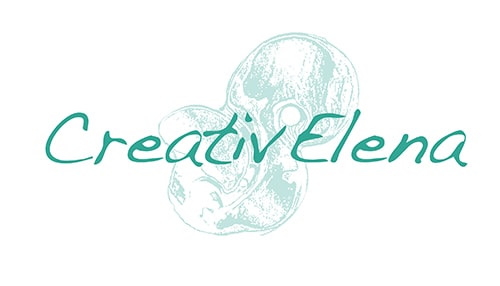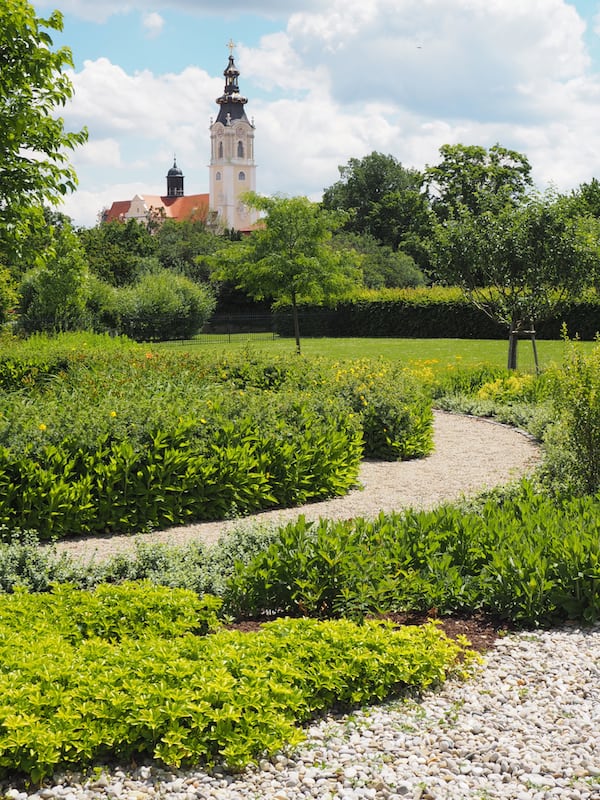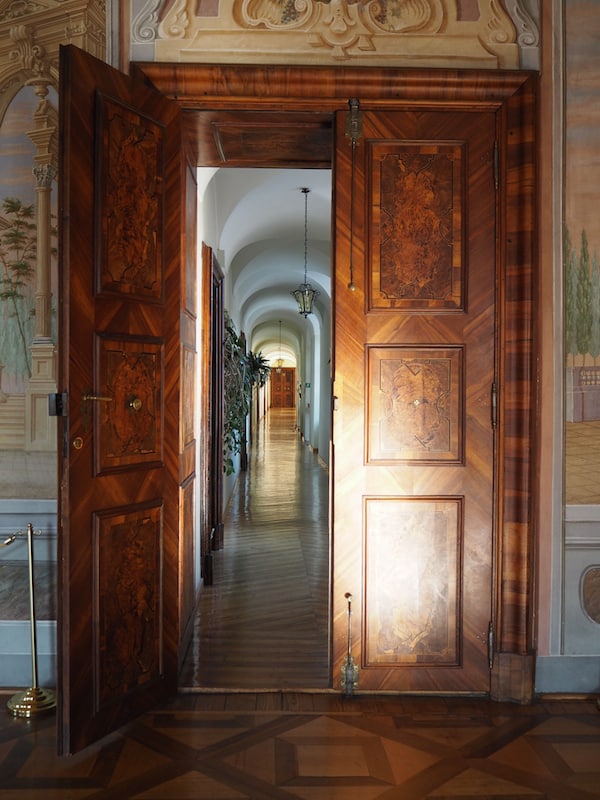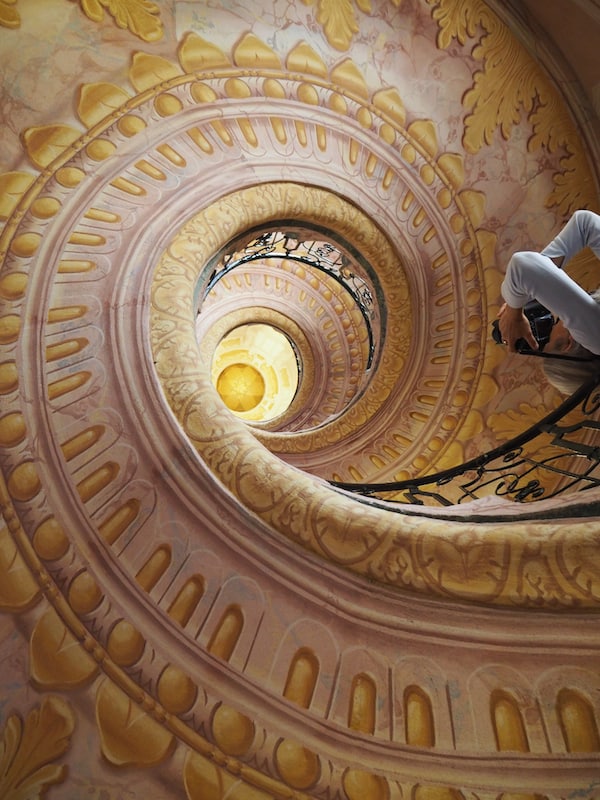“Porta patet, sed magis cor! – The door is open, but even more so the heart.” Such is the welcome at the abbey of Geras in the Lower Austrian Waldviertel district; a saying that goes straight to my heart visiting the pretty abbey parks & gardens of Lower Austria. Doors and hearts are wide open indeed, “up here” in the north of Austria. Father Prior Michael Hüttl at the Altenburg Abbey carries his heart on his sleeve watching from his welcoming gestures, and I love thinking back of my meeting with dear Father Martin at the world-famous, Benedictine abbey Melk. Last year already, I was wooed by the charm of the Lower Austrian abbeys & monasteries. This year, I have returned. For many good reasons indeed.
All abbeys and parks exude a certain sense of peace, a welcoming friendliness and a real feeling of hospitality. Those who travel here benefit from fresh insights and new perspectives. Especially now, in the early summer, parks & gardens are a welcome addition to the magic of culture travel.
It is this magic, my dear readers, that I would like to share with you now. A kind of magic that speaks volumes and silences us at the same time. Magic that allows us to experience first hand, the beauty of contemporary art history as reflected by the historic park & garden estates of Lower Austria. Altogether, my friends and I have visited five different abbeys & parks, falling not only for the welcoming charm of the local Fathers, but even more so for their words of peace and tranquility. Here are five travel tips for making the most out of your upcoming visit of the abbey parks of Lower Austria.
Every abbey visit has the word “Welcome” written all over it. The Fathers of the abbeys Geras, Altenburg, Zwettl, Melk & Seitenstetten are all happy to offer us the most precious thing they have: Their time.
It is a true pleasure to listen to Kräuterpfarrer Father Benedikt Felsinger and his insightful words about the “plants by the wayside” shooting up in his herbal garden at Geras Abbey: “Don’t ask a plant what it can do for you. Listen to it first. We need plants as an intermediary between the light of the sun and the nutrients of the soil. They give us everything – if only we heed them.” Listening and smiling over his words, I pick and choose the same favourite plant as Father Benedikt Felsinger: The “Wegwarte”, growing mostly by the wayside as its German name suggests. It offers a welcome greeting to travellers and manages to survive even in the toughest conditions.
At Seitenstetten Abbey too, we are truly welcome, talking casually with Father Antonius, gardener Stefan as well as the former abbot Berthold Heigl during a walk in the park. We spend the night at the guest rooms of the abbey – a kind of parallel universe compared to our usual, everyday life.

Walk the talk: Kräuterpfarrer Father Benedikt Felsinger takes us into his herbal garden, located right next to Geras Abbey in the northern, Lower Austrian Waldviertel district …

… as well as making worlds meet: Local abbey gardener Stefan during a meet & greet with the former abbot of Seitenstetten Abbey.

More than anything, I am delighted to think back of my meeting and conversation with dear Father Martin, himself an early supporter during the times of writing my thesis on culture tourism focused on the abbey of Melk.
Next up is the art of gardening and the many intricate details that make the abbey parks of Lower Austria so special. Check this out.
Especially now, during summertime, the abbey parks & gardens are beautiful beyond measure. Just about everything is in full bloom, filling the air with sweet scent and delightful aromas. I find myself inspired to write, sitting in the herbal garden of the abbey of Zwettl on an early summer morning, with nothing around me but light, fresh air and flowers. Perhaps this is because I am about to write and publish my first-ever book at the same time? After all, nature has always found a way in providing inspiration to us human beings.

… located not far from Zwettl Abbey, equally situated in the northern Waldviertel district and home to a fascinating, historic garden cloister.

At the abbey park of Melk, “wild animals” are what catches the eye: These have been painted from the ceilings of the nearby garden pavilion …

… and who among you would not be tempted by this full rose blossom, welcoming visitors like us on their way through the herbal garden of Geras Abbey?
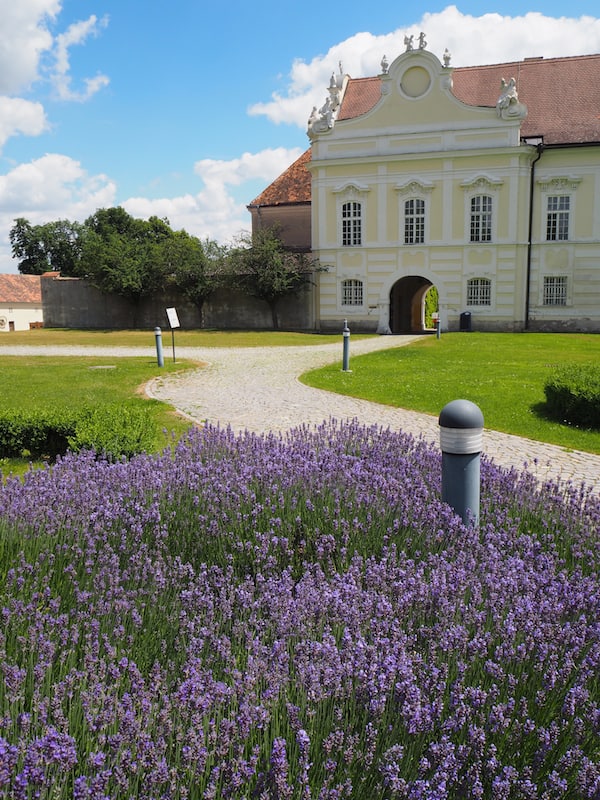
Lavender fields are what make me daydream about being in southern France while visiting Altenburg Abbey …

… and Seitenstetten Abbey provides us with the freshest greeting of all: Small strawberries from the garden.
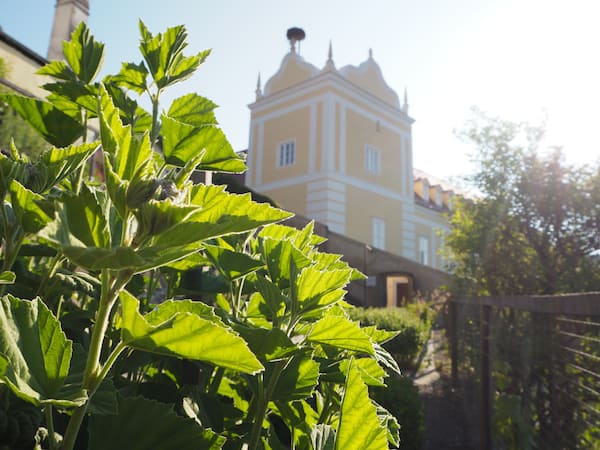
One of my favourite moments during the garden trip: Sitting in the abbey garden of Zwettl, with a view over the local stork nest on top of one of its building towers.
If you are wondering whether abbeys & monasteries manage the transition from past to present, here are some answers for you: iPhones, augmented reality & modern art exhibitions have long become a reality here.
The walls of each of the abbeys we visit might appear thick and impenetrable, but the spirit of modernity has managed to travel through them. This is largely due to the Fathers of Geras, Altenburg, Zwettl, Seitenstetten & Zwettl abbeys being truly open-minded. To give you an example: During our visit of Zwettl Abbey, the youngest in the community of Fathers passes us in shorts and “company phone” – he can be seen with the local workers and needs to communicate and / or be reached. The Fathers Antonius and David, of Seitenstetten Abbey, are both much younger than me and love to have their photos taken: Hospitality is the motto at this abbey which regularly welcomes visitors for monastic retreats. Both the abbeys of Melk & Altenburg have woven modern ways of visitor interpretation into their guided tours and facilities. Have a look here with me.

Kräuterpfarrer Father Benedikt Felsinger invites us for a short book presentation, followed by a small sparkling wine tasting!

Dialogue between past & present is written all over the modern exhibition located in some of the most historic rooms of the abbey of Altenburg …
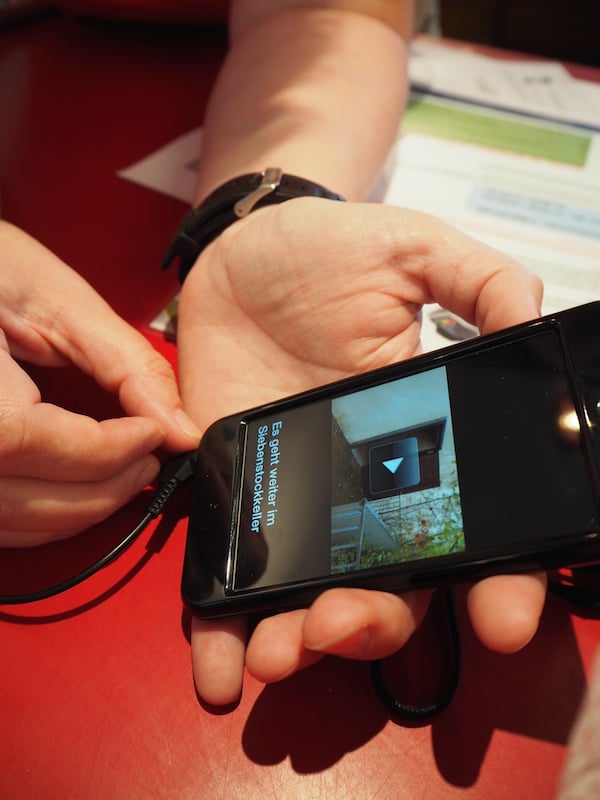
… and here at the abbey of Zwettl, iPods have long served as a convenient tool for visitor information services …
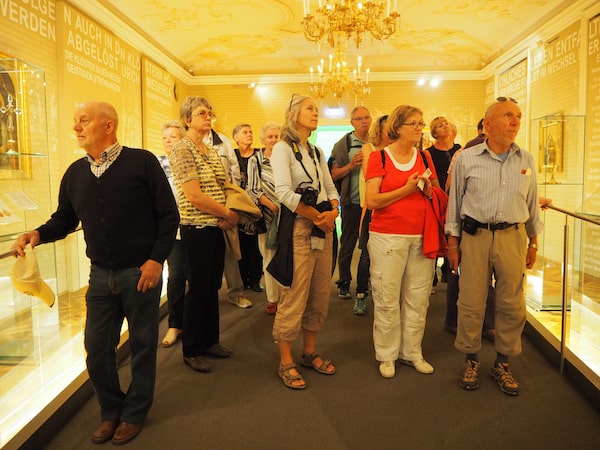
Last but not least, the abbey of Melk provides a fresh, modern way of presenting its information to visitors helped by multimedia and interesting guided tour commentary.
But the magic does not stop here. The abbeys themselves are really rich in treasures and stories. We have found and unearthed some of them during our visit.
Real treasures are to be found in the monasteries of old: Libraries with ancient books of incountable value. Gold- & silverware of the finest craft. Frescoes & wall paintings that are alive with the joy and colours used by their creators. A look around the abbeys, parks & gardens of Lower Austria tells us this …

… that sometimes, all it takes is a change in perspective: Looking up at the famous frescoes created by Paul Troger at the abbey of Geras.

Only half an hour from Geras, we marvel at the rich wall paintings in this historic part of Altenburg Abbey.

The abbey church in Zwettl is crowned by this pure gold eagle sculpture, alive in the light of the setting sun …

…mirrored by the splendour of one of the finest monastery libraries worldwide: The library of Melk Abbey.
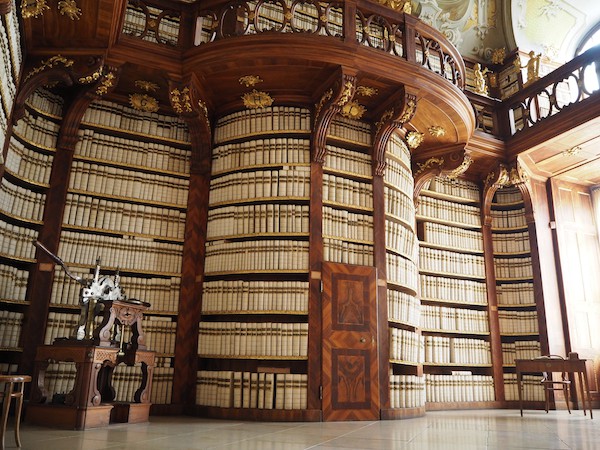
My favourite might even be this one, though much lesser known: The library at the abbey of Seitenstetten, complete with books that are many centuries old, bound in white leather.
Last but not least, here are my top travel tips from each of the places we visited. What makes each of the abbeys and parks unique? What should you keep in mind for your upcoming visit?
The intricate stone masonry on a window of the Gothic cloister at Altenburg Abbey is almost 1000 years old. At the abbey of Zwettl, flower pots from the abbey garden are given out to visitors as a free give-away. The spiral staircase linking the monastery abbey with the famous abbey church in Melk is one of the most beautiful I have ever seen. It really is. And then … “Well, what you can see here in terms of historic, liturgical vestments and their delicate decorations … might well be several million Euros worth”, Father Antonius at the abbey of Seitenstetten tells us with a wink.
Travelling the Lower Austrian abbeys & monasteries, you simply end up being rich. Rich in impressions, but also rich in new thoughts and perspectives. I can only recommend you to visit the gardens and abbeys for a “piece of heaven on Earth”. My dear travel friends Monika & Petar Fuchs have been equally moved to share and write about “their journey to the self”. Everyone receives something because …
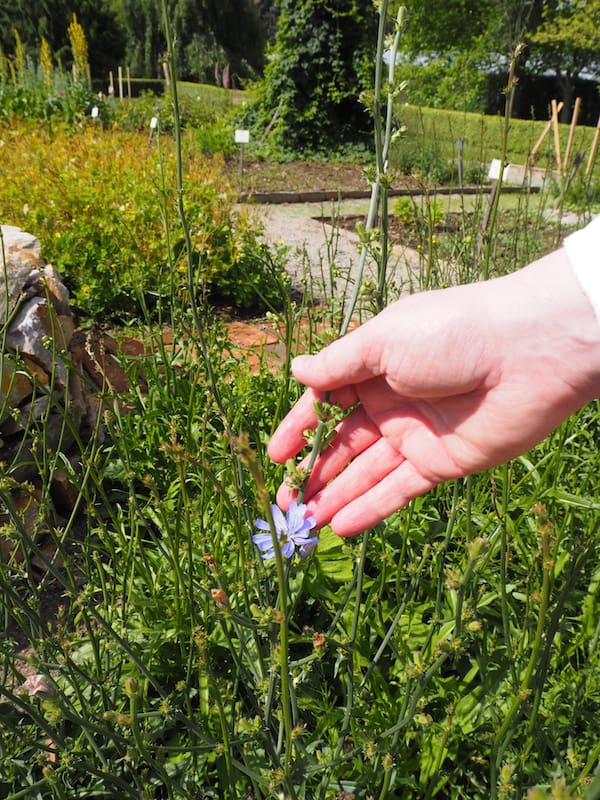
… sometimes, all it takes is a fresh look, as Kräuterpfarrer Father Benedikt Felsinger explains about his favourite plant, the “Wegwarte”, at the herbal garden of Geras Abbey.
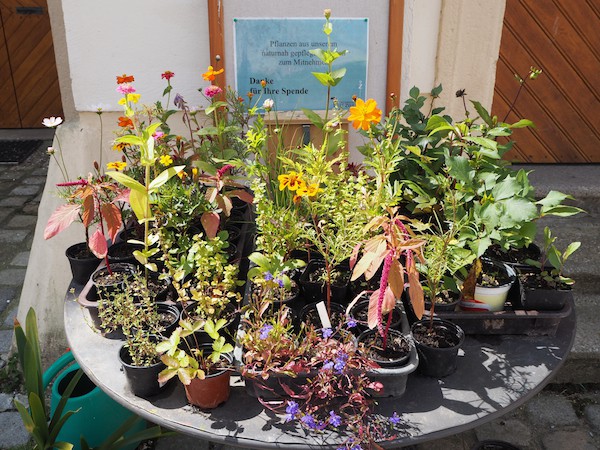
And finally, the abbey of Zwettl happily provides you with one of their plants from the abbey park: A rich souvenir of a time full of wonders indeed.
Hinweis: Wir wurden von den Klöstern & Stiften in Niederösterreich eingeladen, Gärten & Geschichte des „Klösterreich“ zu erkunden. Alle Meinungen sind meine eigenen.
